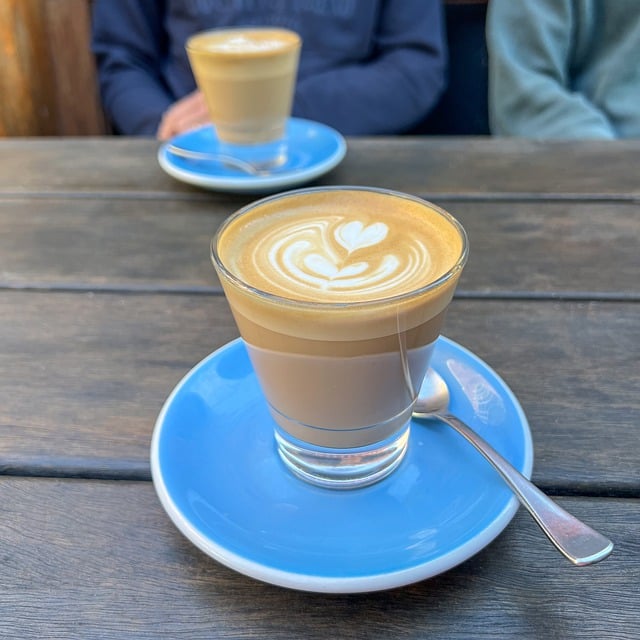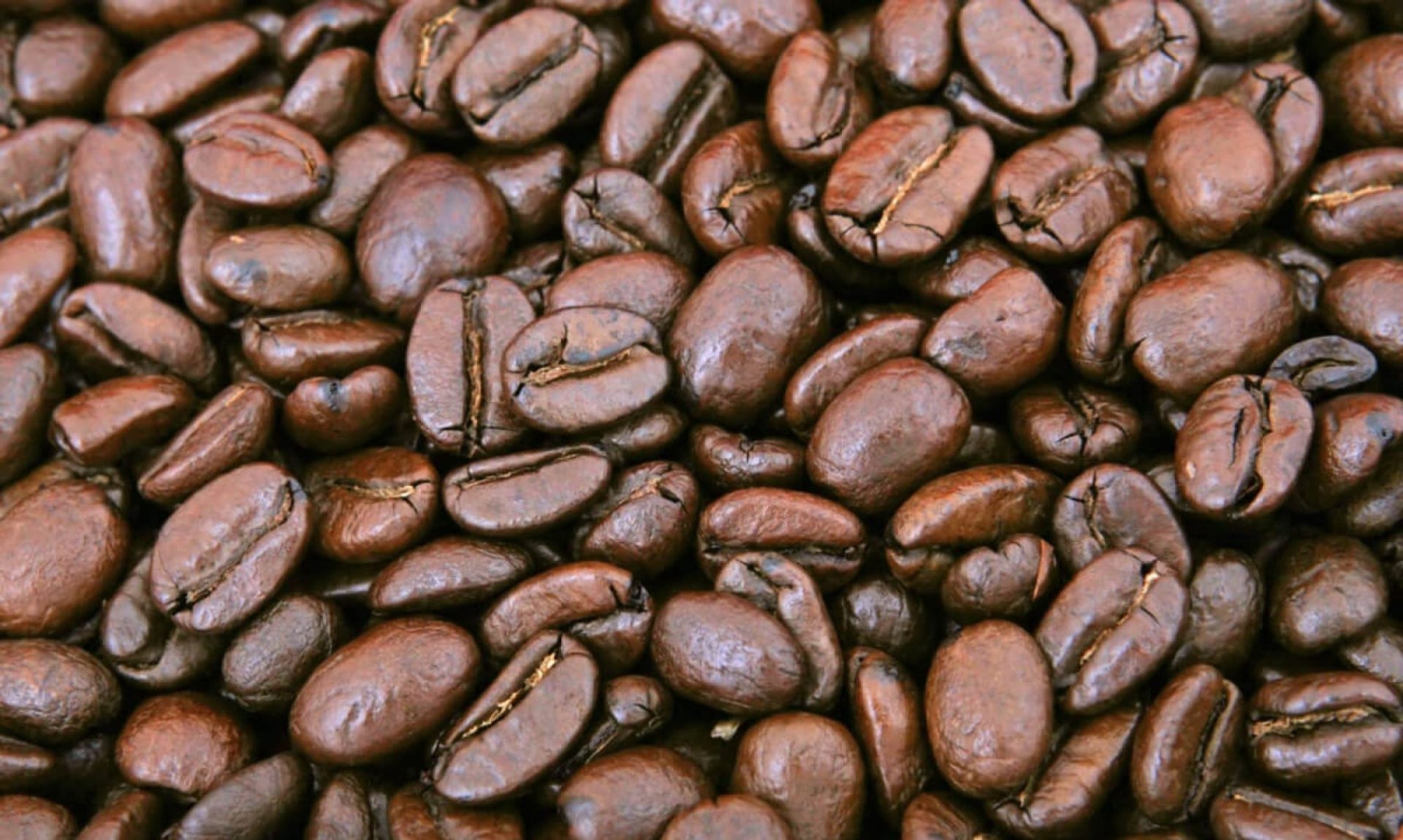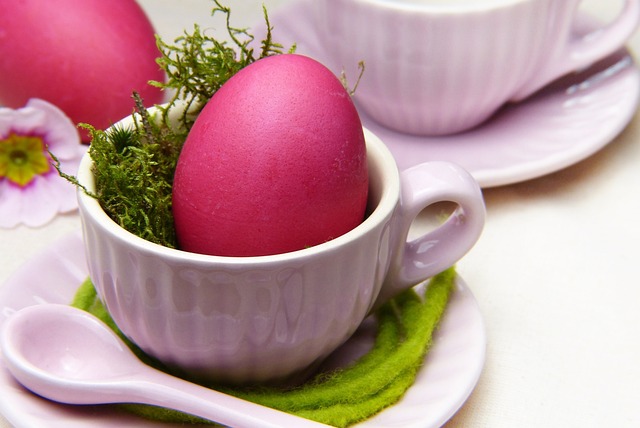For many coffee lovers, a cup of coffee in the morning is the perfect way to start their day. However, some coffee drinkers prefer to add milk or cream to their coffee, which can help to enhance the flavor and create a smoother, creamier texture. In this blog post, we’ll explore why milk or cream is added to coffee, whether it’s better to add milk or cream, and how to prepare milk for your coffee.

Why add milk or cream to coffee?
One of the main reasons people add milk or cream to coffee is to make it taste smoother and creamier. The creaminess of milk or cream helps to cut down the acidity of the coffee, which can be too strong for some people’s taste. Additionally, milk or cream can add a touch of sweetness to the coffee, making it more enjoyable to drink.
Milk or cream also adds nutritional value to the coffee. Milk is an excellent source of calcium and vitamin D, which are essential for bone health, while cream contains a good amount of vitamin A. So if you’re looking to add some nutritional value to your coffee, adding milk or cream is a great way to do so.
Milk or cream: which one is better?
The decision to add milk or cream to your coffee is a matter of personal preference. However, there are some differences between the two that you may want to consider.
Milk is generally lower in fat than cream, and it has a thinner consistency. Milk also has a more subtle flavor, which allows the coffee’s taste to come through more clearly. On the other hand, cream has a richer and creamier texture and taste, but it’s also higher in fat and calories than milk. If you’re watching your calorie intake, you may want to consider using skim or low-fat milk instead of cream.
How to prepare milk for your coffee
To prepare milk for your coffee, you’ll need to heat it up first. Here’s how to do it:
- Pour the desired amount of milk into a saucepan.
- Heat the milk on medium-low heat until it’s warm but not boiling. You can also heat the milk in the microwave for about 30 seconds.
- Use a frother or whisk to create foam on the milk’s surface. This step is optional but can add a creamy texture to your coffee.
- Pour the milk into your coffee and stir.
Final thoughts
Adding milk or cream to your coffee is a great way to enhance the flavor and create a smoother, creamier texture. Whether you prefer milk or cream is up to you, but it’s worth considering the nutritional value and calorie content of each. Finally, don’t forget to prepare the milk correctly to create the perfect cup of coffee. If you are vegan, check out article about plant milk alternatives.


